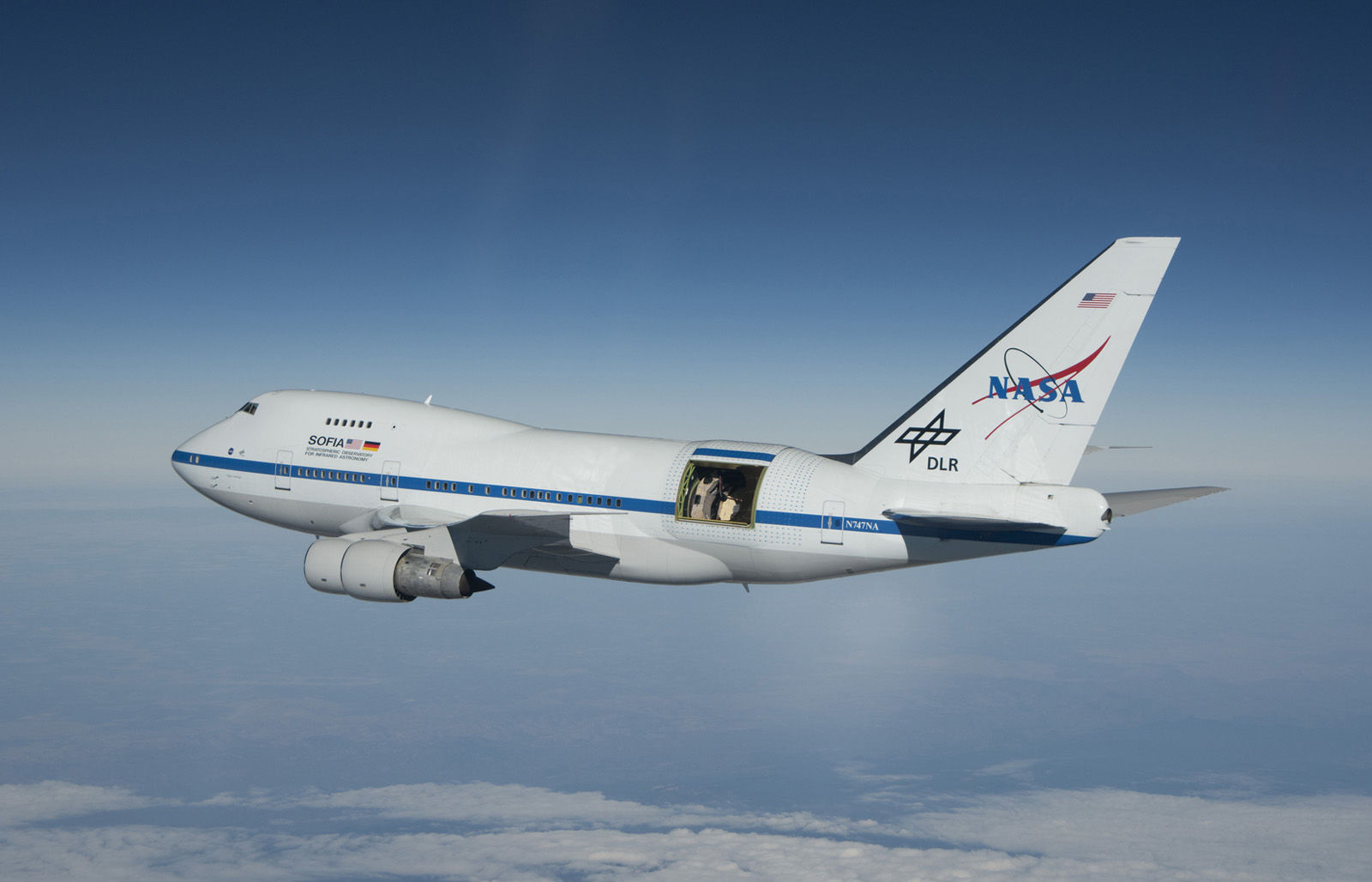

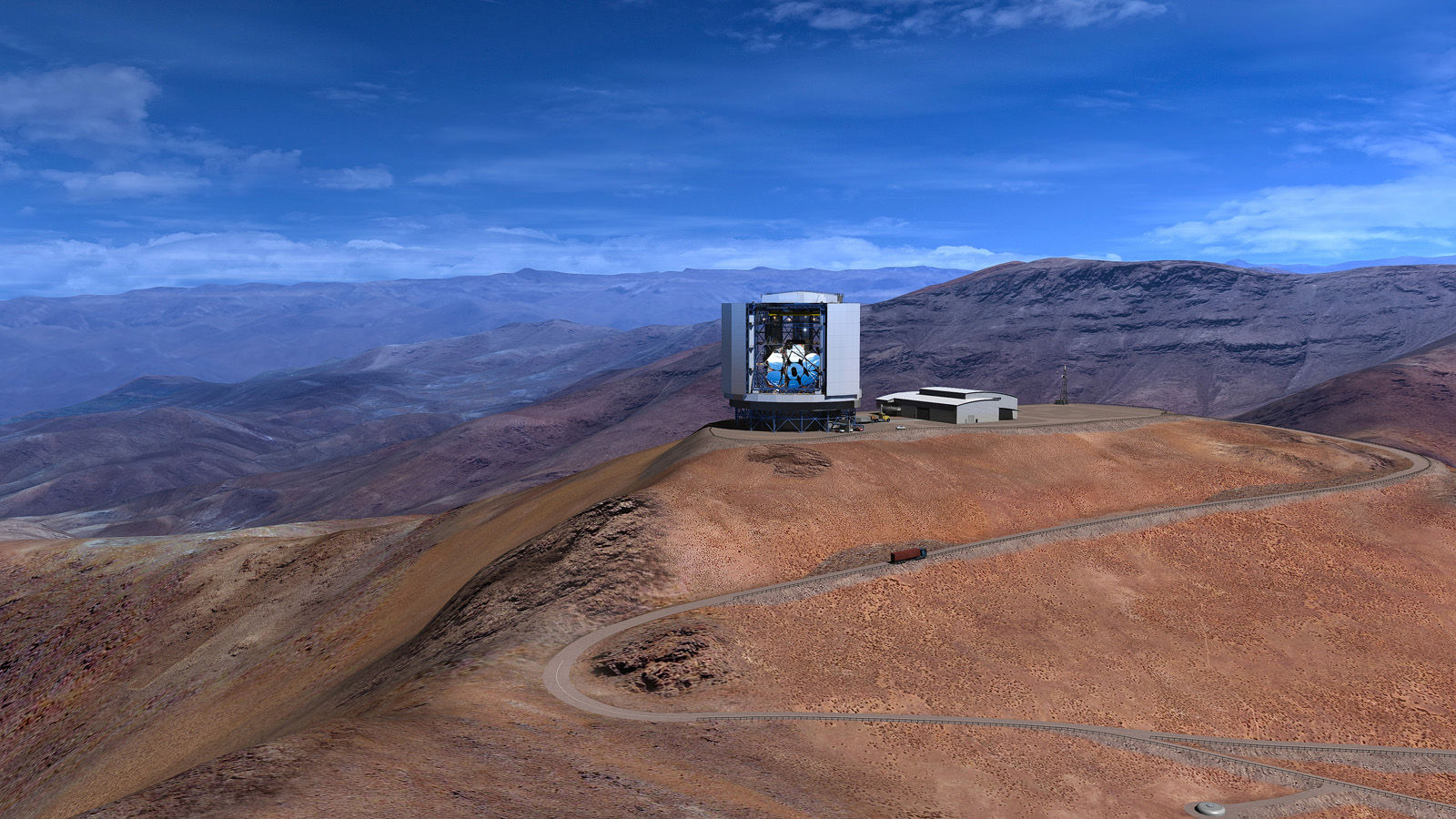
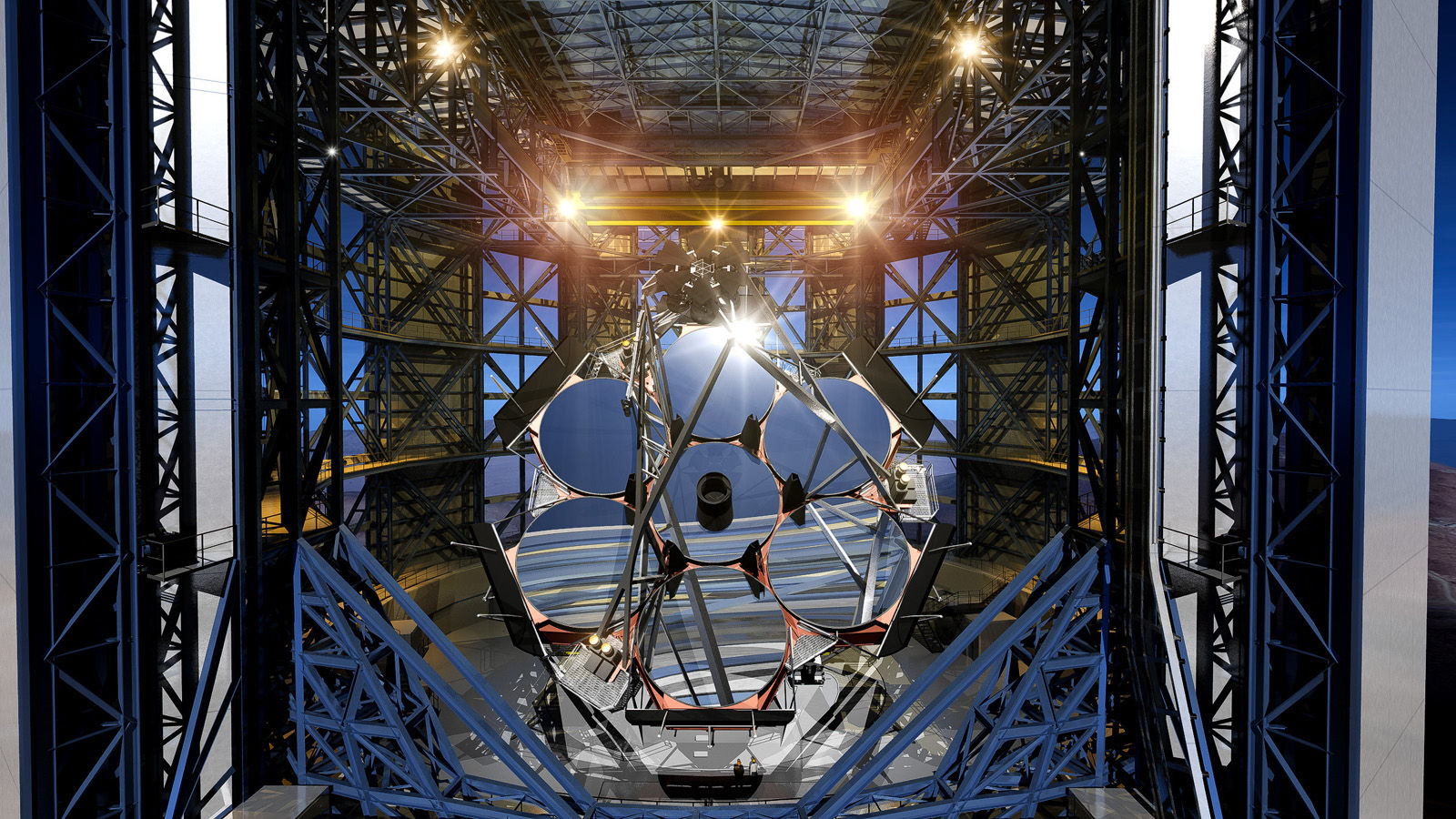
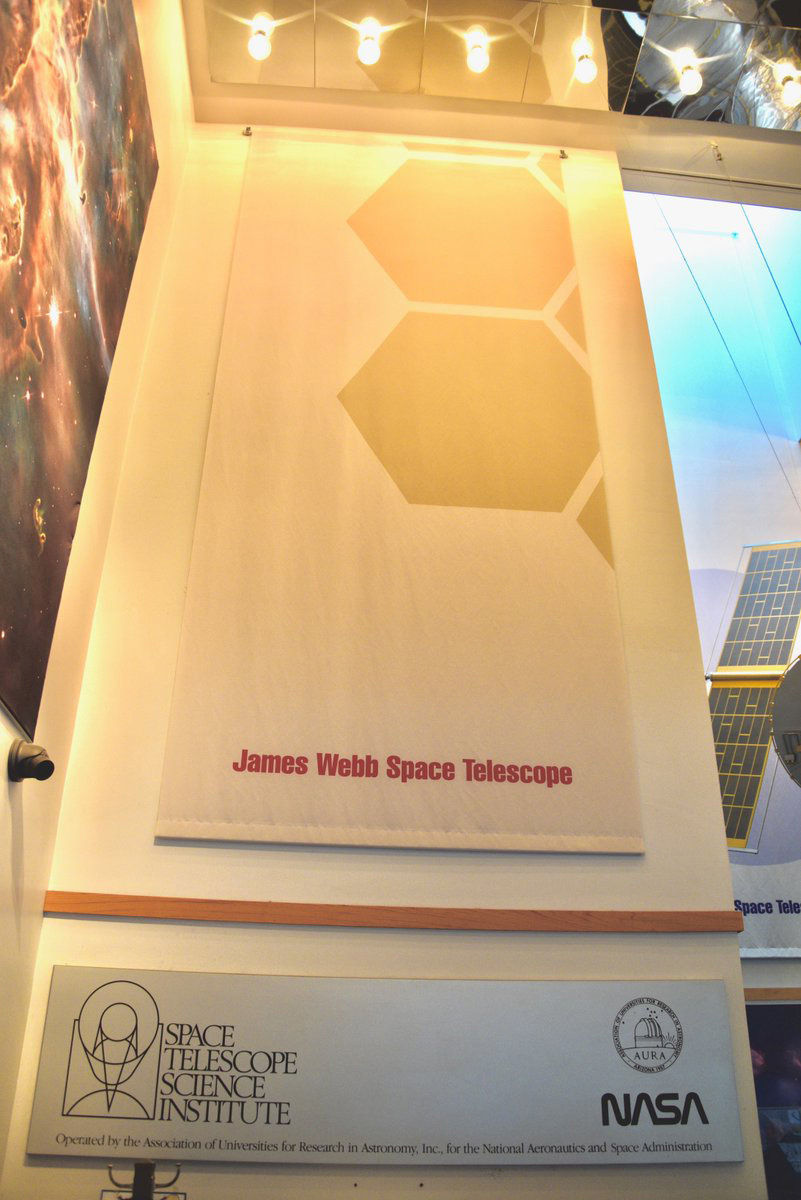
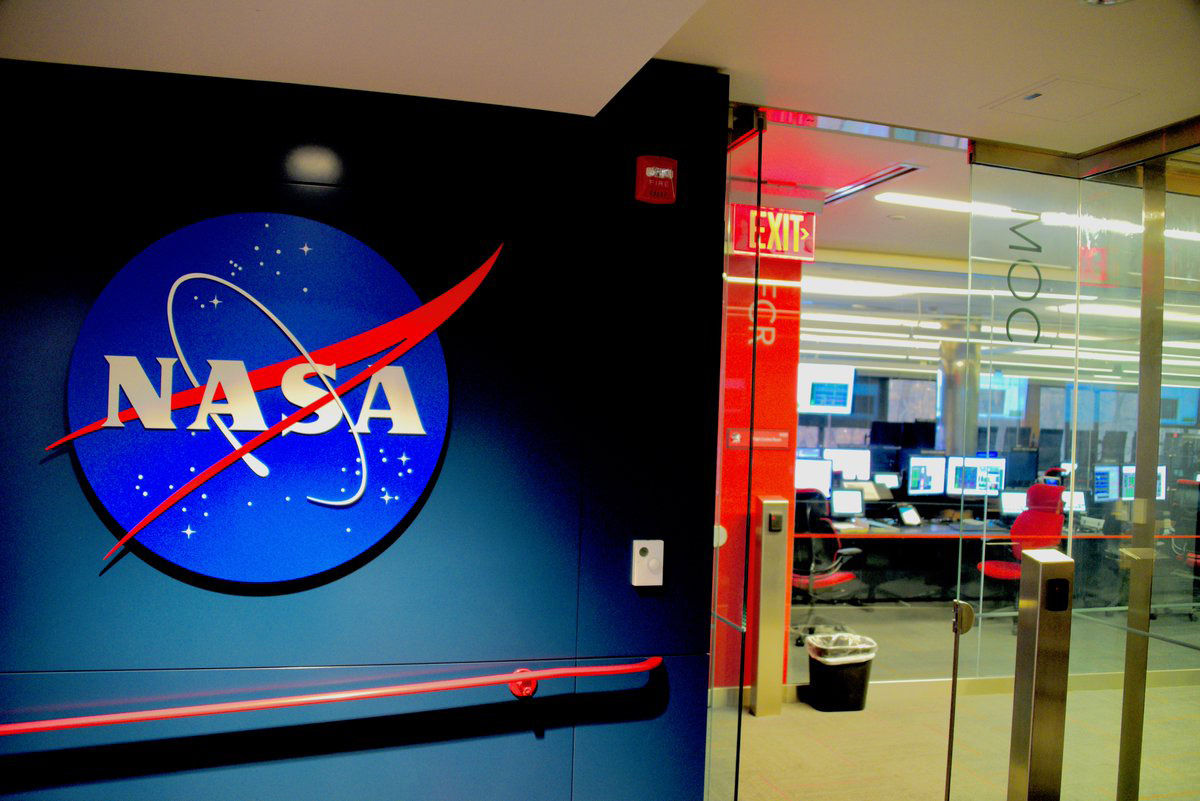
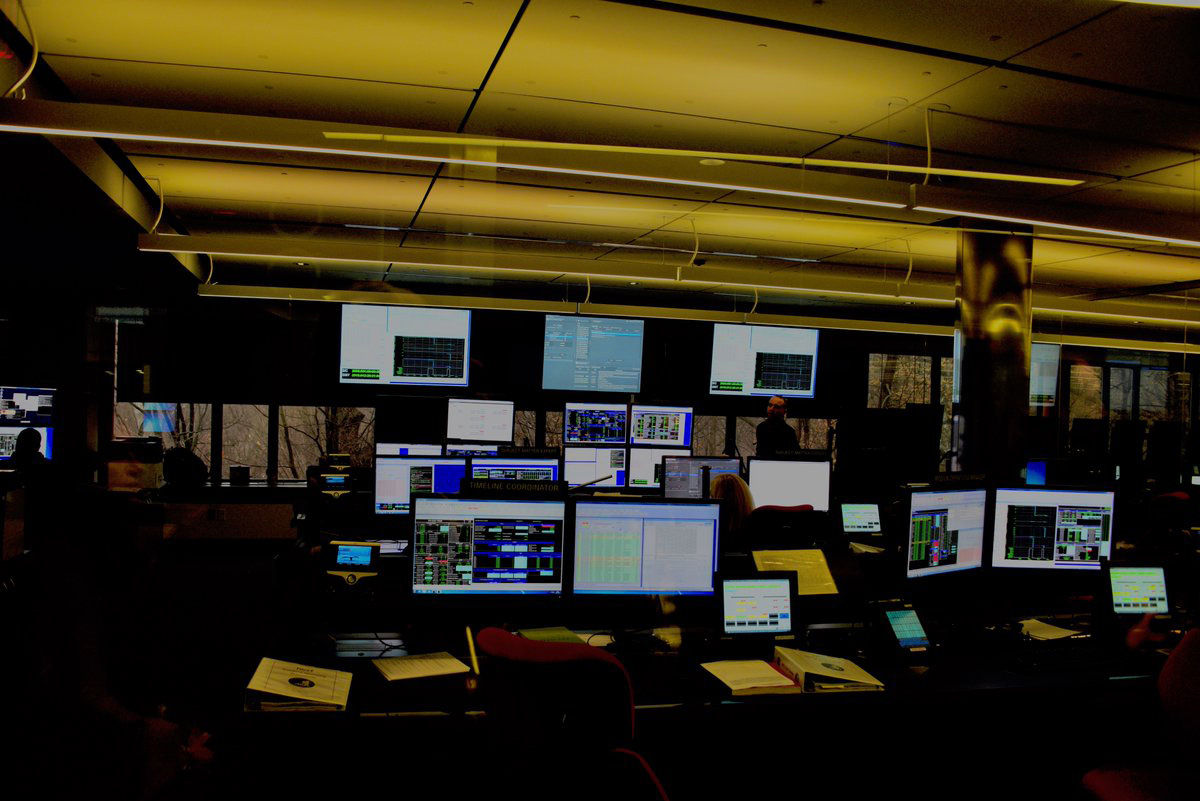


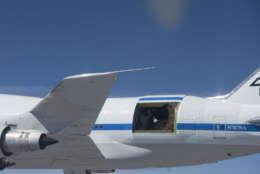
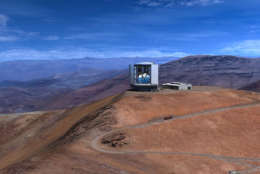
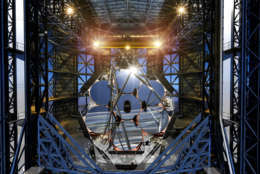
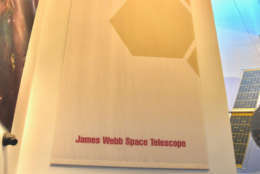
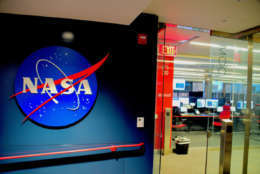
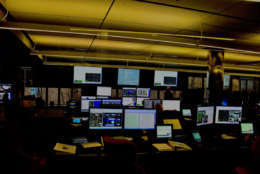
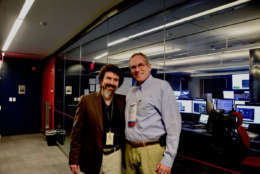
WASHINGTON — The 231st meeting of the American Astronomical Society lived up to its advance billing as the “Super Bowl of Astronomy.”
Thousands of astronomers from around the world along with international space agencies, contractors and vendors gathered to discuss all things astronomical at the Gaylord Convention Center.
I will be posting excerpts from the meeting on my blog in the coming days but the one take away I want to share is about three incredible telescopes that literally are “going where no one has gone before.”
Oh, and they have deep connections to the D.C. area too.
Our first telescope is 2.5 meters (100-inches) in diameter, operates at 45,000 feet at Mach .85 (more than 600 mph) and literally observes the universe in a way that no other telescope, ground or space based, current or proposed, can.
The Stratospheric Observatory For Infrared Astronomy (SOFIA) is an 80/20 partnership project of NASA and The German Aerospace Center that is managed by our very own Universities Space Research Association (USRA) headquartered in Columbia, Maryland, with an office in D.C. I will have a story in the near future about this amazing organization that is at the forefront of astronomy and astrophysics.
I met with Dr. Harold Yorke, Ph.D., USRA, SOFIA Science Mission Operations Director, NASA Ames to find out more about the flying observatory.
SOFIA’s telescope is in the rear of an extensively modified Boeing 747SP aircraft and observes in the infrared portion of the electromagnetic spectrum.
Dr. Yorke explained that “SOFIA is the only game in town,” as no other current or planned telescope can observe in the infrared wavelengths SOFIA does.
With airlines retiring the 747, SOFIA has plenty of spare parts including 16 engines.
“SOFIA can keep flying to 2034,” Dr. Yorke stated. “We currently carry out 700 hours of observations per cycle.”
SOFIA is headed to New Zealand next to make observations of our galaxy and other objects in the southern hemisphere.
Speaking of the southern hemisphere, our next telescope will be located in Chile. When it becomes fully operational it will be the largest in the world.
The Giant Magellan Telescope is under construction on a remote mountain top and is projected to begin commissioning in 2023.
From the D.C. area the billion dollar GMT project involves the Smithsonian Institution and Carnegie Institution for Science. Both of these institutions are among the international partners in the GMT project – a real “Who’s Who” in the world of telescopes and astronomy.
Dr. Patrick McCarthy, Ph.D., vice president for operations and external relations and I discussed GMT at AAS.
“The Giant Magellan Telescope will be the first of the giant telescopes currently planned to become operational,” McCarthy said. “It will be able to see the first stars and galaxies that formed (after the Big Bang). The Giant Magellan Telescope will complement James Webb Space Telescope.”
Dr. McCarthy also said “it is full steam ahead for the Giant Magellan Telescope” and “the telescope will make its first observations (called first light) in 2023 when the telescope has minimal capability with several mirrors in place.”
The Giant Magellan Telescope will observe our solar system and the Universe at large but most revealing to me was Dr. McCarthy’s response when I asked him what excites him most about what Giant Magellan Telescope will see.
“What we have never thought of before,” he said.
Yes, indeed.
On the last day of the AAS meeting I got to visit the Space Telescope Science Institute located in Baltimore on the Johns Hopkins University campus as part of a press tour.
This is the home of venerable Hubble Space Telescope and is operated by AURA. Space Telescope Science Institute will also be the home of NASA’s next flagship space observatory, the James Webb Space Telescope.
For years I have watched James Webb Space Telescope being built at NASA’s Goddard Space Flight Center. I will be visiting Northrop Grumman’s facilities this year to see the integration of the telescope to the spacecraft.
But this was the first time I have been to Space Telescope Science Institute. Even though James Webb Space Telescope won’t launch until sometime in 2019, Space Telescope Science Institute is preparing to operate the telescope.
Dr. Kenneth Sembach, Ph.D., Space Telescope Science Institute’s director, and an esteemed group provided insight to the sheer breadth and capability of the James Webb Space Telescope and Space Telescope Science Institute’s support.
“Six hundred seventy Space Telescope Science Institute employees and 30 post-doctorates and students comprise the James Webb Space Telescope team,” said Dr. Sembach in his opening remarks. “Webb will show us things Hubble Space Telescope could not and will push the boundaries of the universe to where Hubble Space Telescope could not take us. It is a massive undertaking in terms of budget ($8.8 billion) and is the most expensive science project in the country. A bold, ambitious mission that will pay off tremendously.”
The James Webb Space Telescope is expected to operate for five to 10 years while Hubble will operate “as long as scientifically possible” according to Dr. Sembach.
“No one wants to see it (Hubble Space Telescope) end,” he added. “But as a practical matter, I am hoping Hubble makes it to 2025 or so.”
The James Webb Space Telescope will be operated out of the Mission Operations Center — a 24/7/365 hub of scientists and engineers. Their web page has a launch countdown clock and as I write this, it is T-529 days or June 27, 2019. The rows and rows of brightly lighted workstations show that the James Webb Space Telescope is becoming a reality. Carl Starr, NASA, Mission Operations Center manager shared with me ongoing preparations to make the Operations Center team mission ready.
“Five hundred people will commission the James Webb Space Telescope,” Carl explained. “We are doing preparations right now for our Launch Rehearsal Campaign where the team will work real world exercises in real time, including contingencies.”
He sees his greatest task as “Helping our people, making them successful.”
“They are passionate about their work on the James Webb Space Telescope and worry about making mistakes,” Carl said. “I am not concerned about the technology — you have to believe in it and the contingency/back up plans.”
There are 178 release actions on the 30-day deployment sequence of the Webb telescope and each has four ways to complete it. Add the “test, test, test and test it again” philosophy that has gone into building Webb and you can see where the confidence in the technology comes from.
Fittingly 2006 Nobel Laureate, Dr. John Mather, Ph.D., NASA GSFC said in closing remarks, “James Webb Space Telescope is hard, an enormous team effort where we are doing our best and the right things. Worrying about it (technology failure) doesn’t help — working to [make] it right does.”
As stated by Dr. Sembach: “These are amazing times in astronomy — a ‘Golden Age’ — a different world from 10-15 years ago.”
SOFIA, Giant Magellan Telescope, James Webb Space Telescope. Quite the combination to reveal the universe as we have never seen it before.
Oh the sights we will see, I can hardly wait.
Follow Greg on Twitter @skyguyinva and his daily blog to keep up with the latest news in astronomy and space exploration. Email him at skyguyinva@gmail.com.







